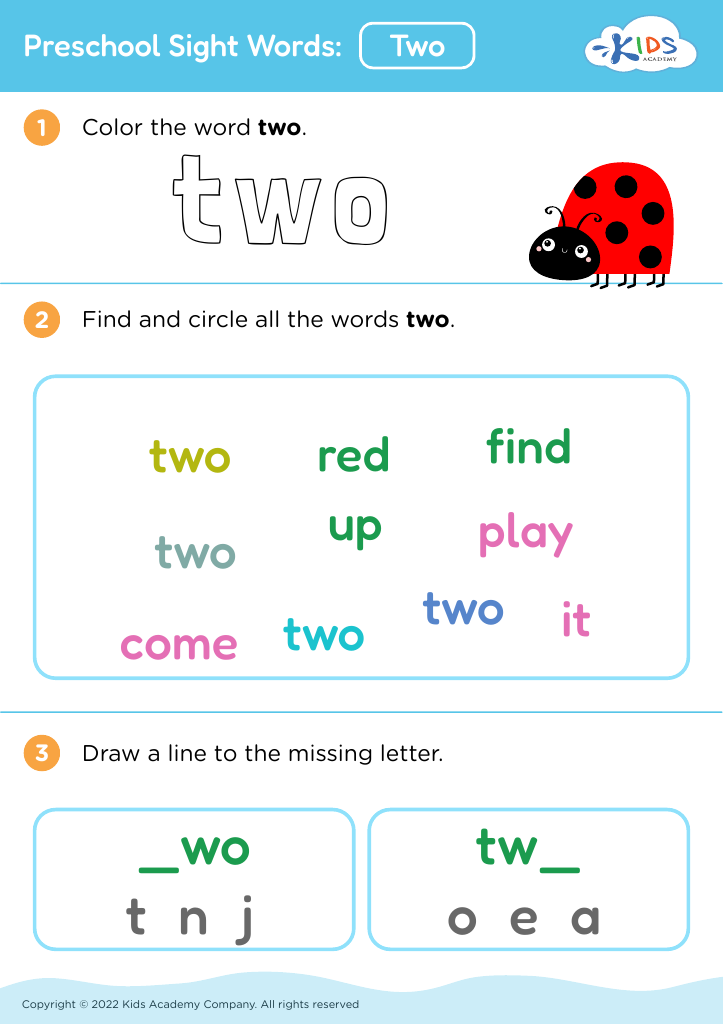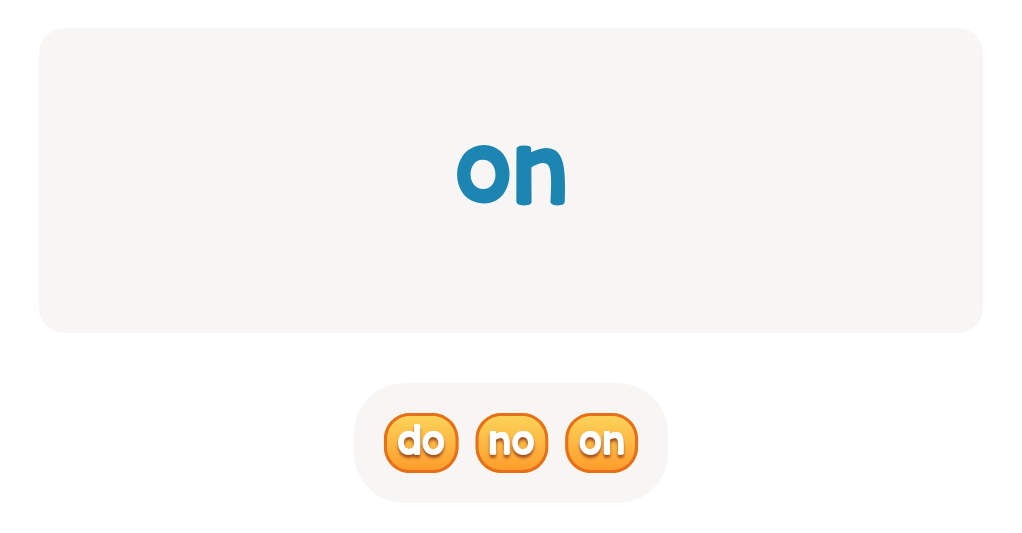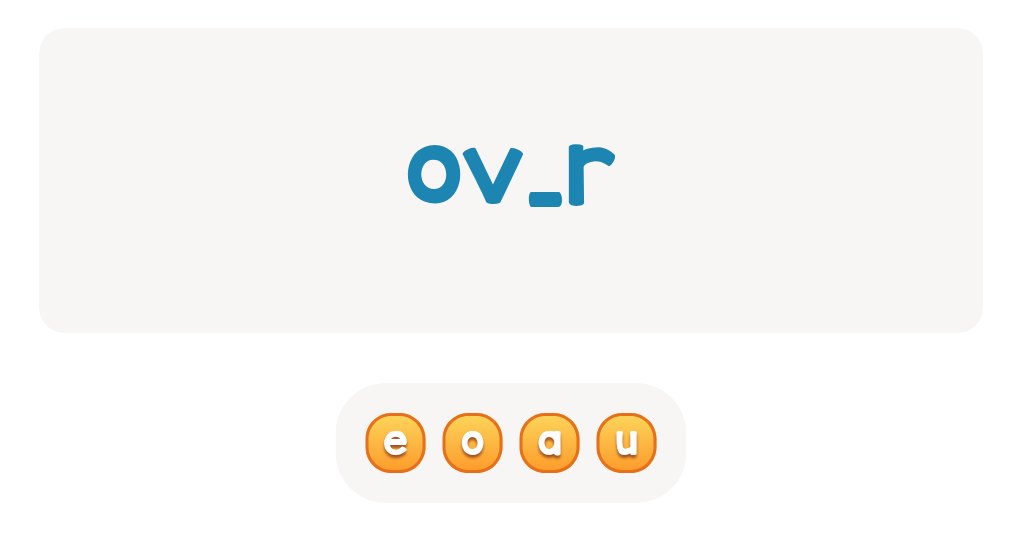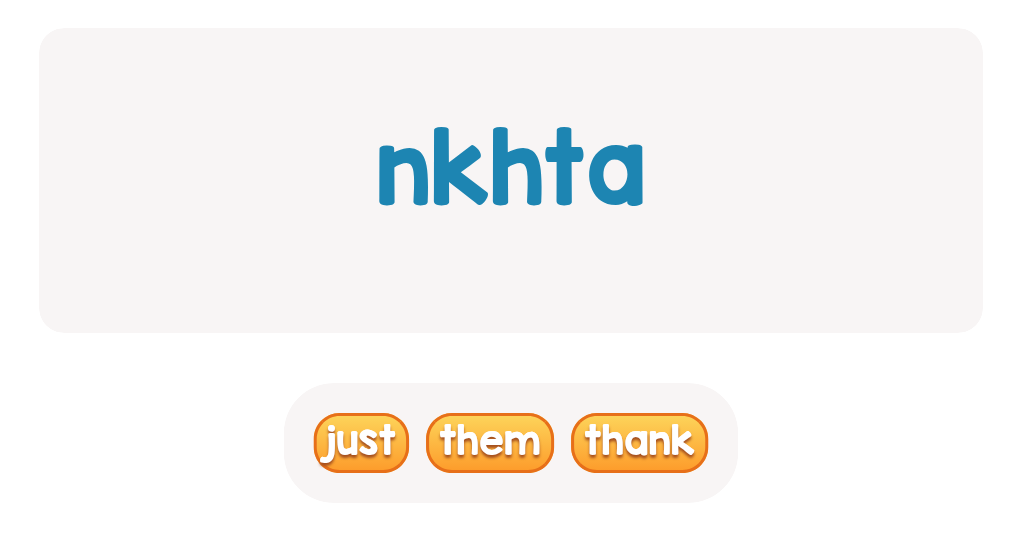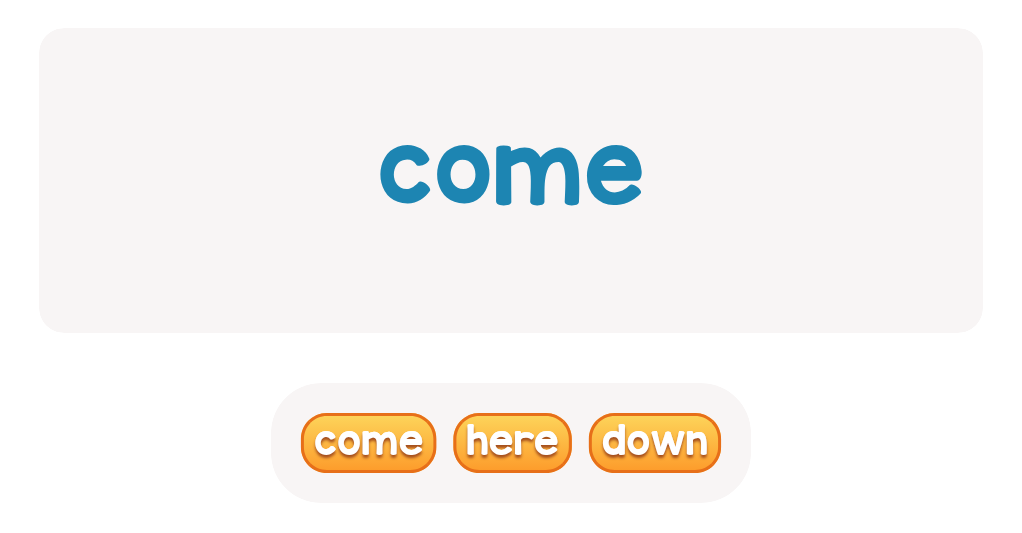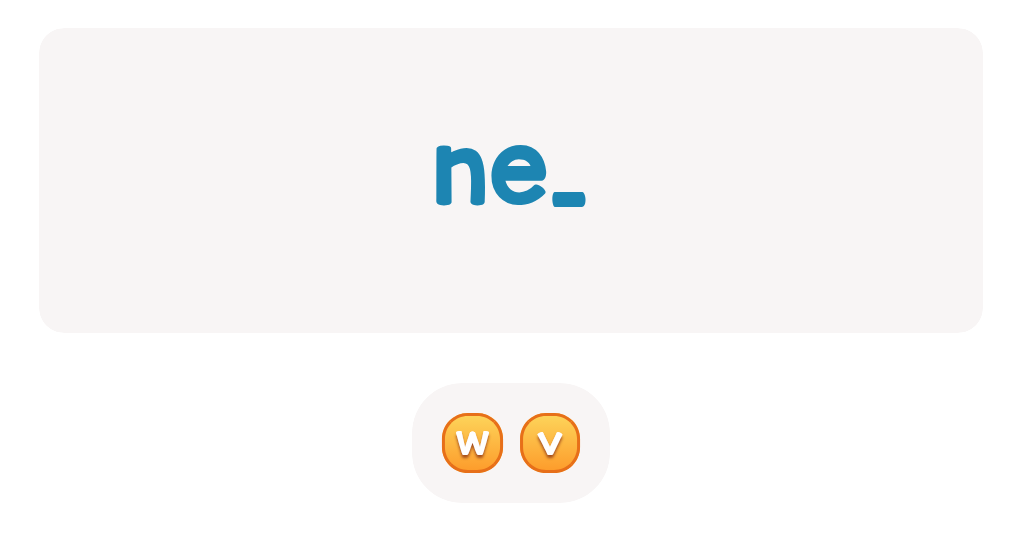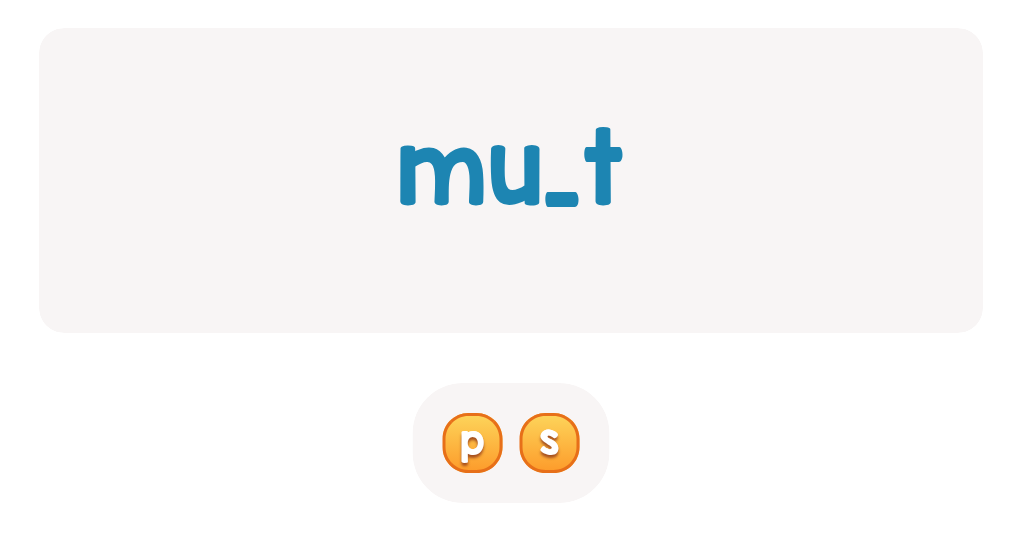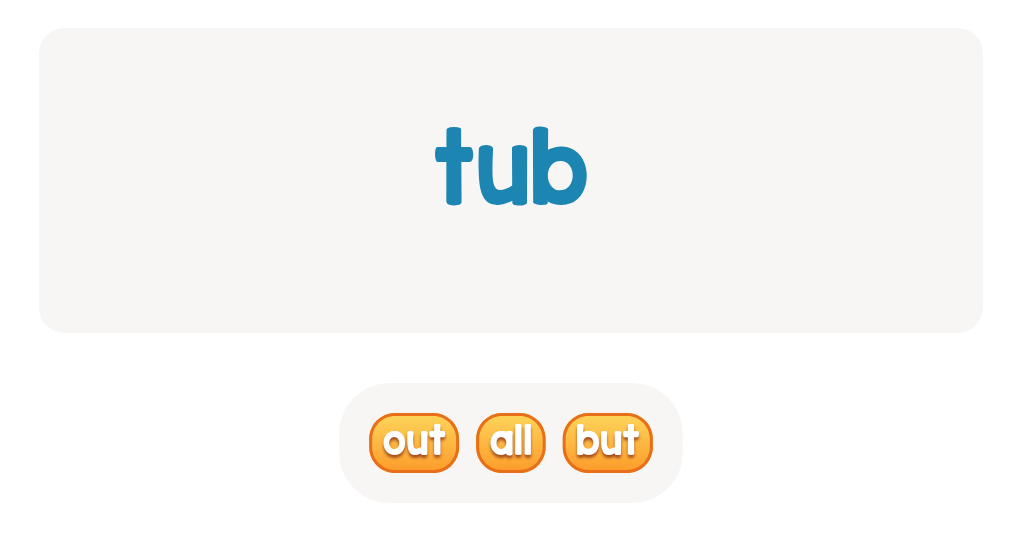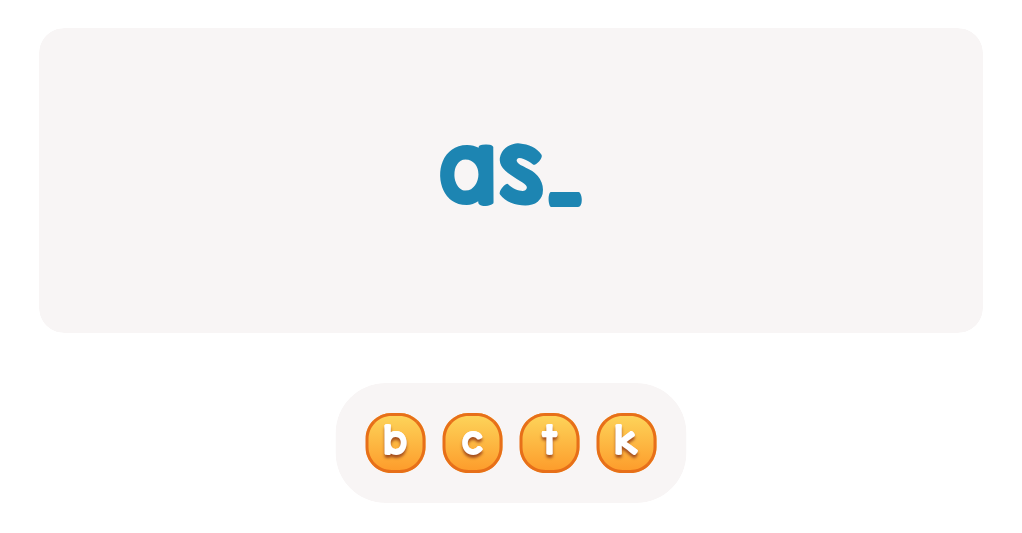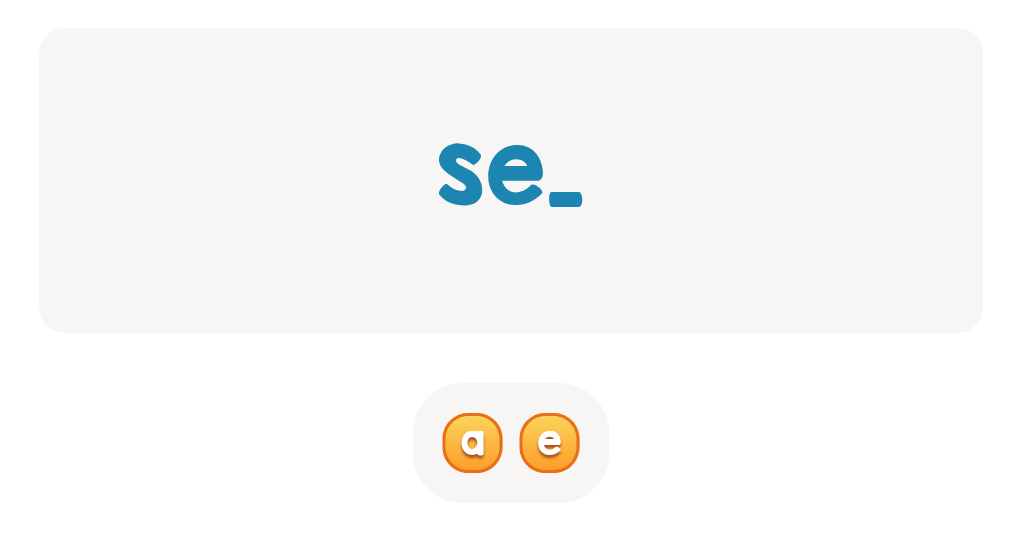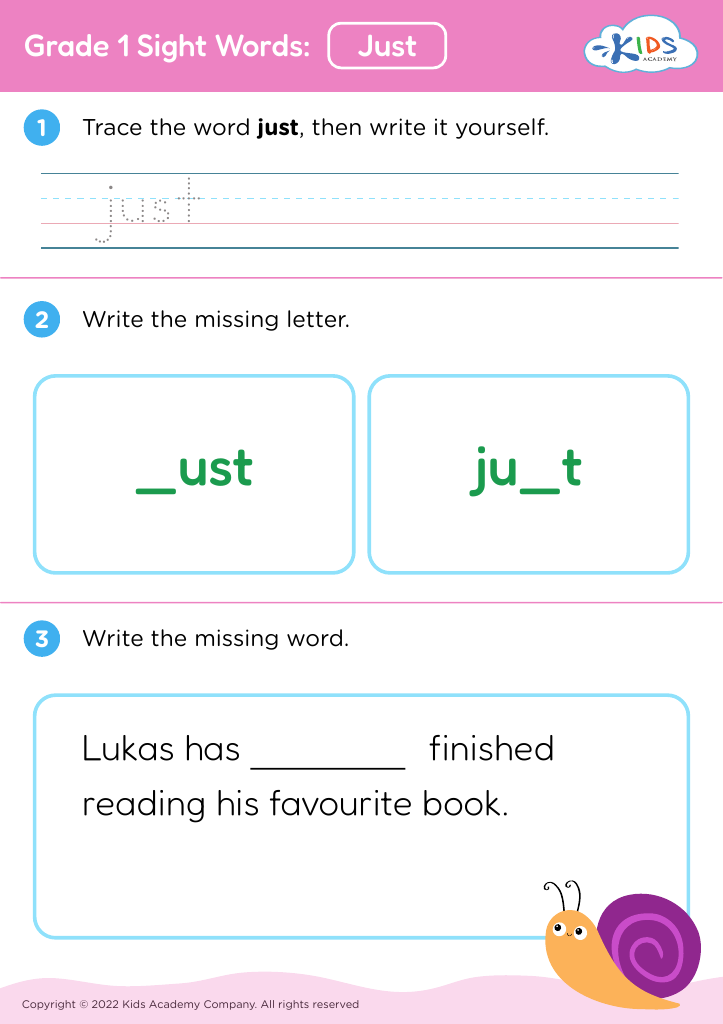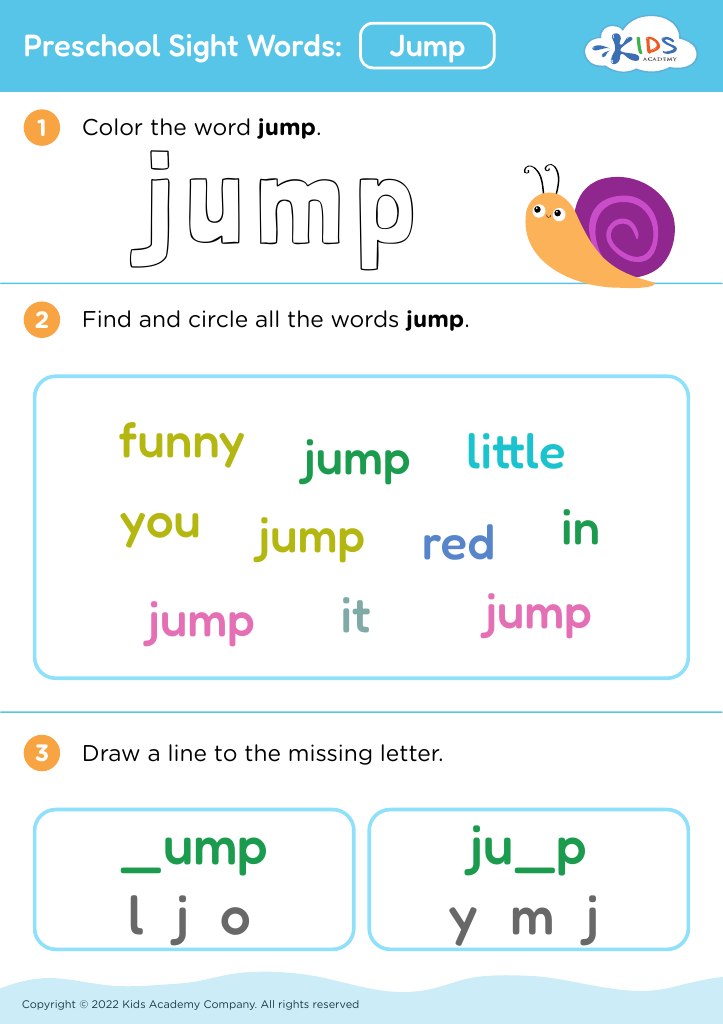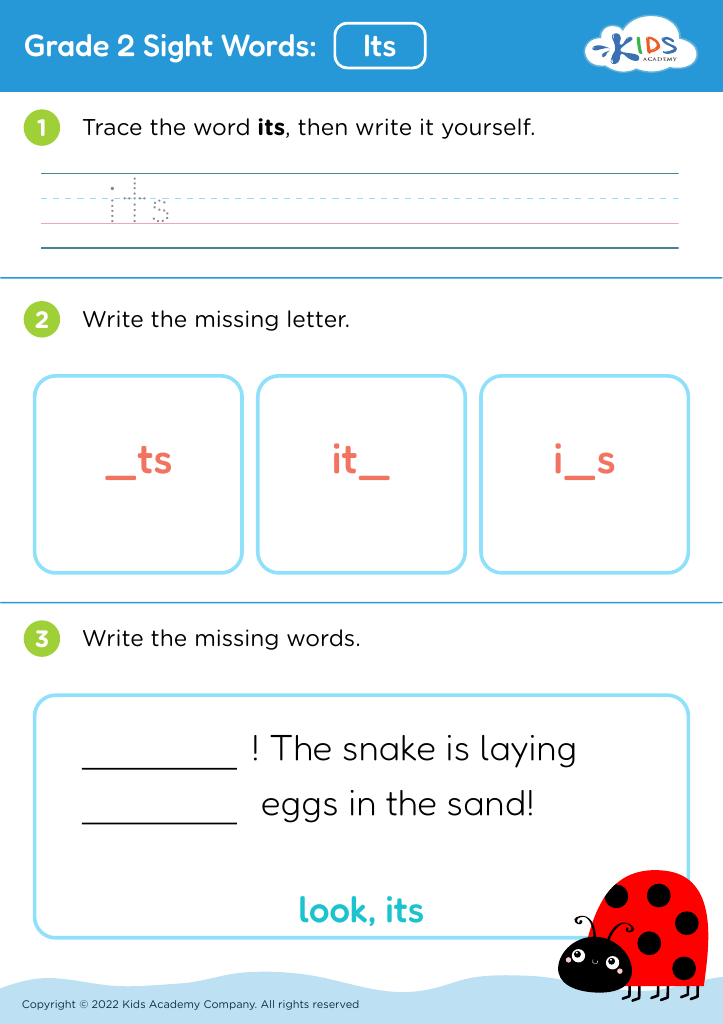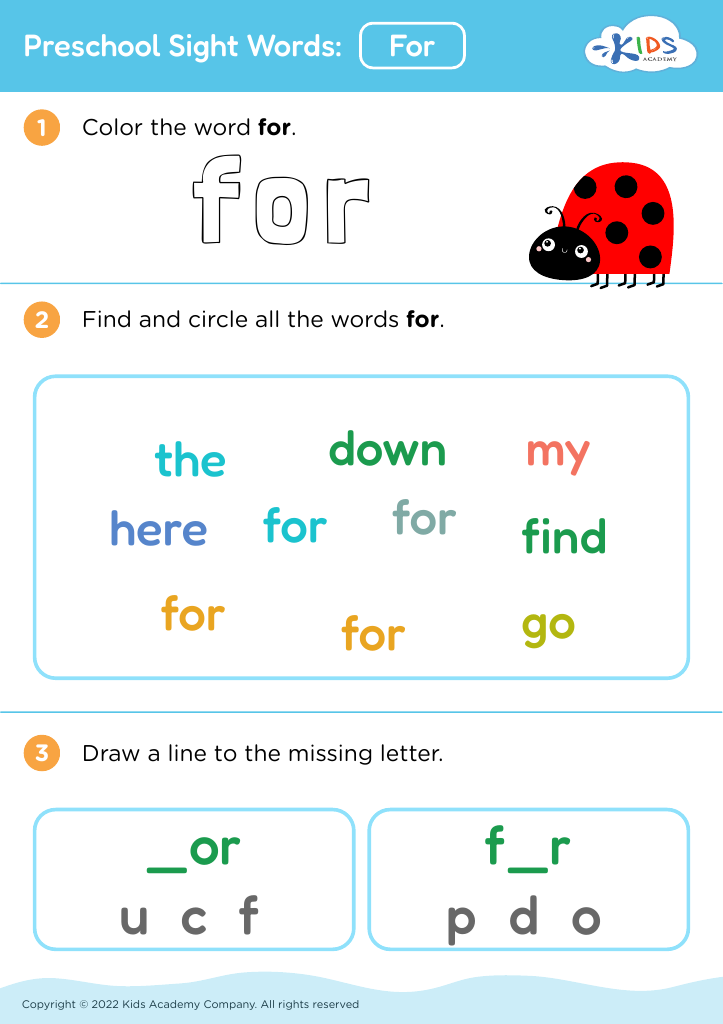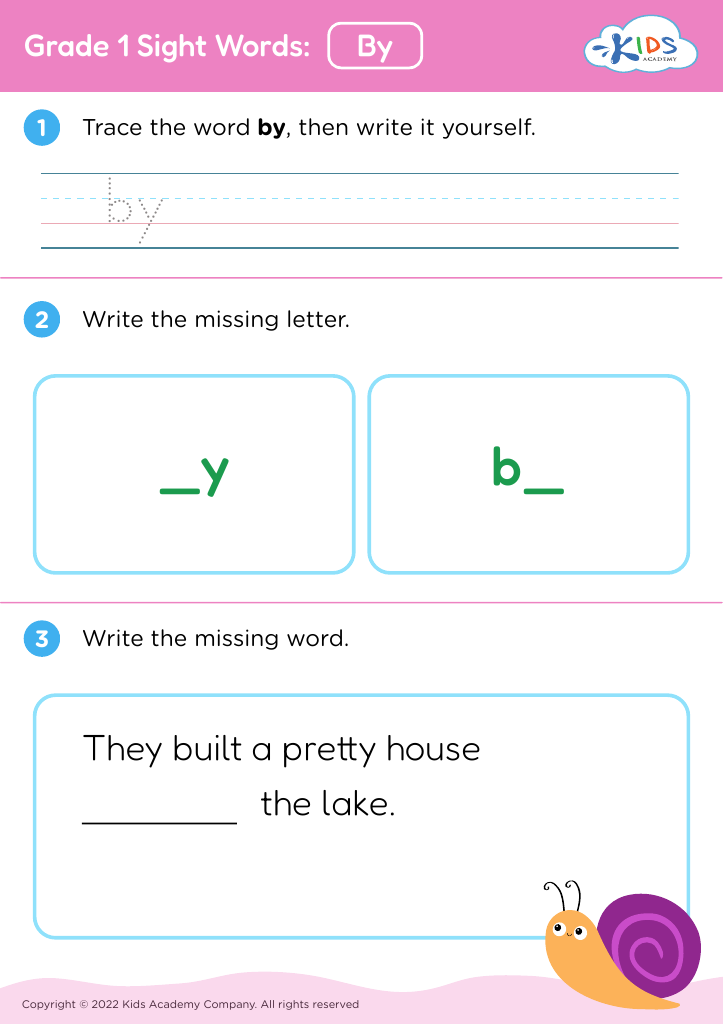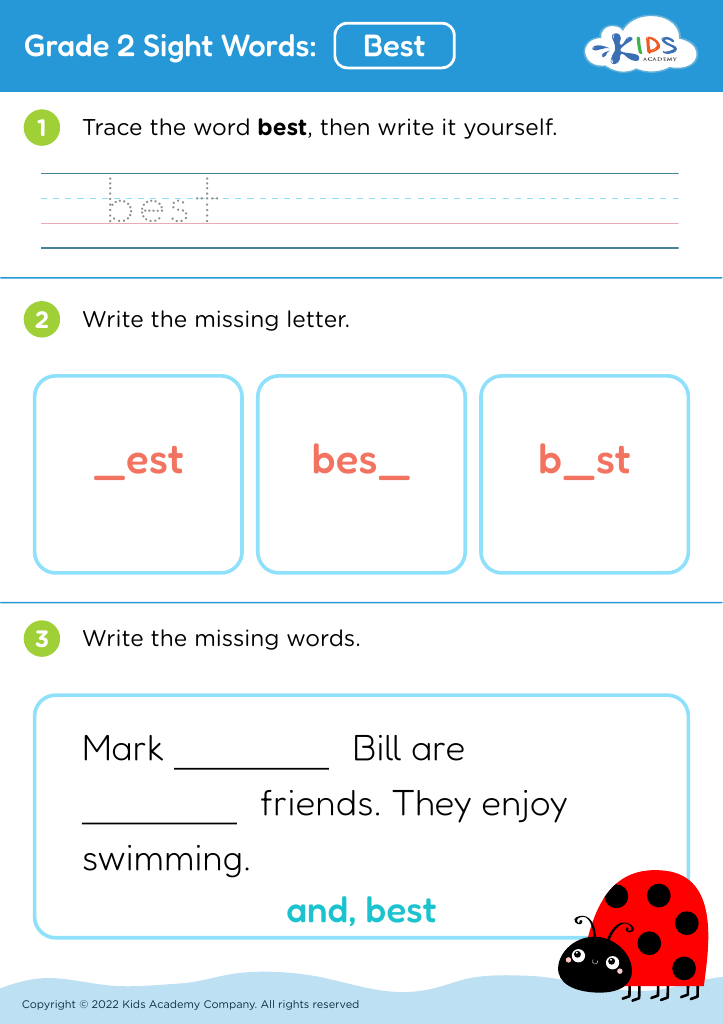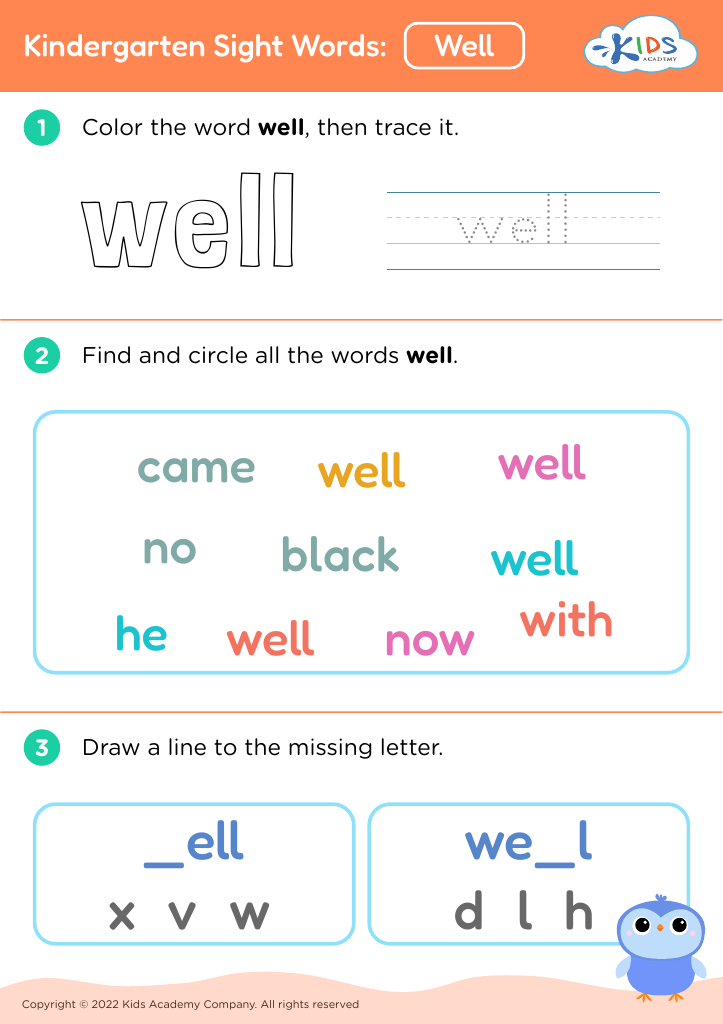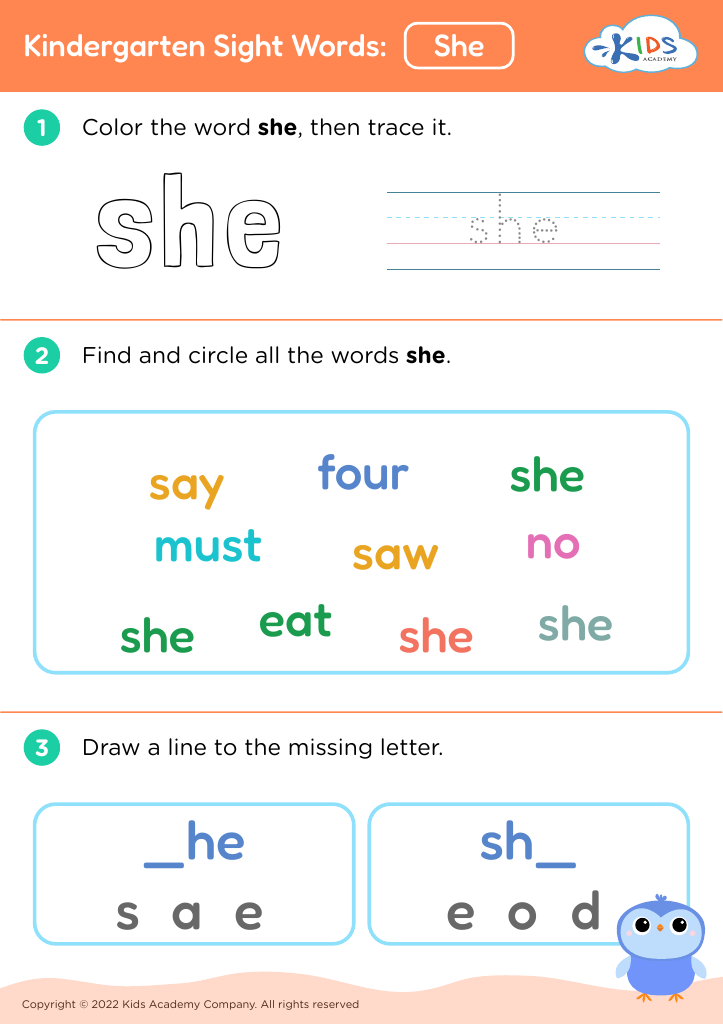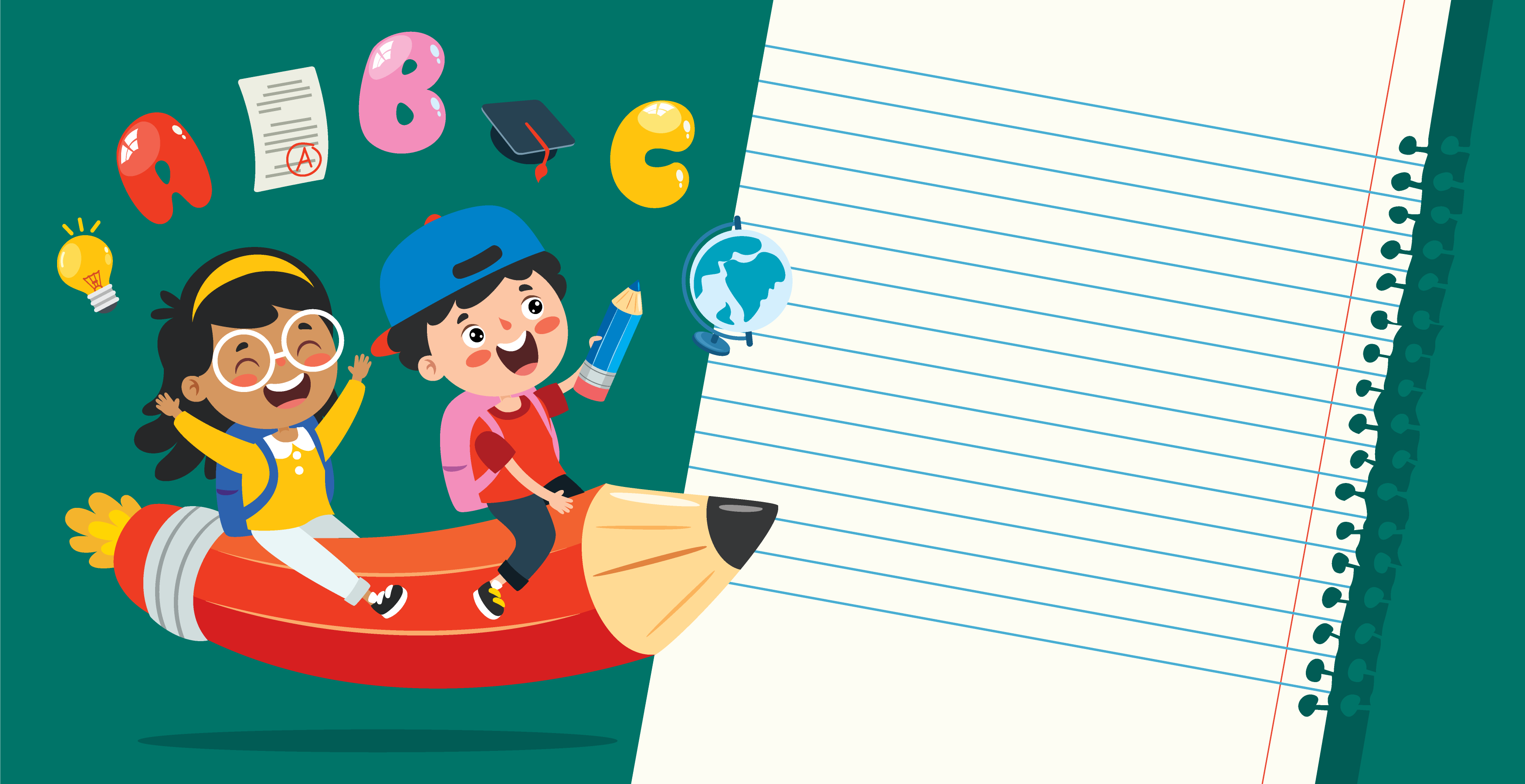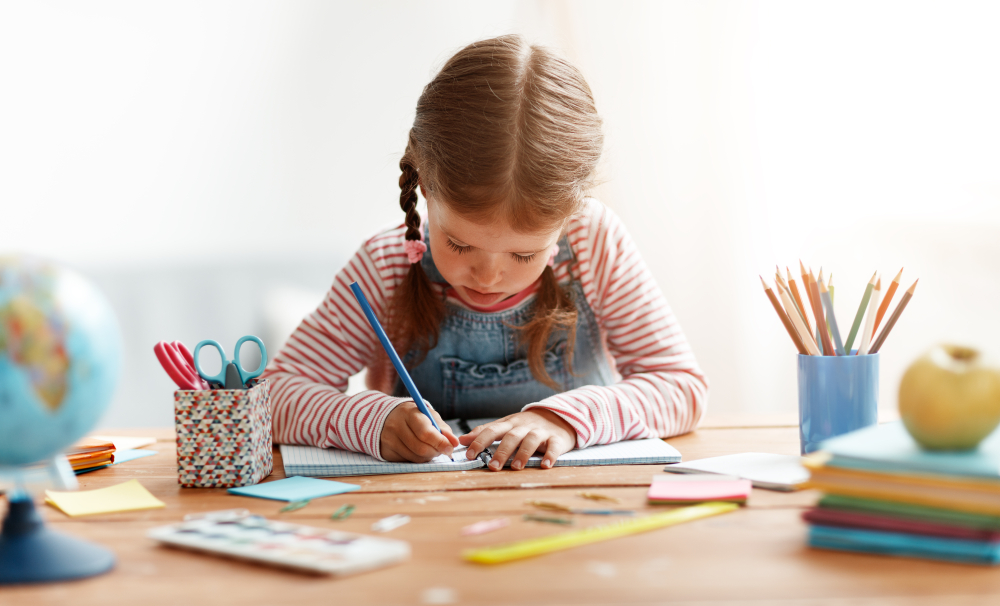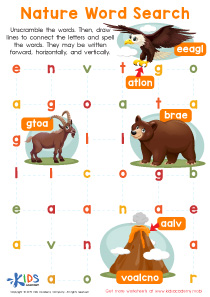Recognizing shapes Sight Words Worksheets for Ages 3-7
9 filtered results
-
From - To
Introducing our "Recognizing Shapes Sight Words Worksheets for Ages 3-7" at Kids Academy! Perfect for early learners, these worksheets seamlessly blend shape recognition with essential sight words practice. Designed to enhance reading skills while familiarizing children with basic geometric shapes, our fun and engaging activities make learning enjoyable. Ideal for home or classroom use, these printable worksheets cater to various learning styles, promoting visual, cognitive, and fine motor skills. Nurture your child's love for learning and set the foundation for future academic success with our expertly crafted resources. Explore now and watch your little one thrive!
Recognizing shapes and sight words are foundational elements in early childhood education, pivotal for ages 3-7 due to their profound impact on cognitive and language development.
Understanding shapes is crucial for young learners. It helps in honing visual-spatial skills significantly associated with mathematics and science. Recognizing various shapes leads to better comprehension of physical spaces, patterns, and structures; enhancing problem-solving abilities and fine motor skills. Additionally, shapes form a basis for learning geometry and understanding more complex mathematical concepts.
Sight words, on the other hand, consist of commonly used words that children need to recognize on sight rather than by phonetics. Mastering sight words boosts reading fluency and comprehension. This higher recognition efficiency means young readers spend less time decoding and more time understanding and enjoying text. Given that reading is fundamental to virtually every other subject, proficiency in sight words can positively affect a child's overall academic performance and instill a lifelong love for reading.
Early exposure to both shapes and sight words lays solid groundwork for more advanced education, fosters confidence, and aids in smoother transitions from pre-kindergarten into formal schooling environments. Parents and teachers’ focus on these areas provides children with critical tools for their academic and personal growth trajectories.
